Browse "Plants"
-
Article
Botanical Garden
Exactly what constitutes a botanical garden is debated among professionals. A very conservative view is a scientific garden of this kind must be associated with a university in order to fulfill its objectives as an educational and research facility.
"https://d2ttikhf7xbzbs.cloudfront.net/media/media/4cf63a77-e818-4d0f-b16a-fcb6bd7e647e.jpg" // resources/views/front/categories/view.blade.php
https://d2ttikhf7xbzbs.cloudfront.net/media/media/4cf63a77-e818-4d0f-b16a-fcb6bd7e647e.jpg
-
Article
Botany
The study of plant life is organized in 3 ways, which are also applicable to zoological material.
"https://d2ttikhf7xbzbs.cloudfront.net/media/media/1a29427d-d8fc-4896-8269-ba625b914429.jpg" // resources/views/front/categories/view.blade.php
https://d2ttikhf7xbzbs.cloudfront.net/media/media/1a29427d-d8fc-4896-8269-ba625b914429.jpg
-
Article
Botany History
Long before formal study of plants began in Canadian academic institutions, they were studied by explorers and talented amateurs.
"https://d2ttikhf7xbzbs.cloudfront.net/media/media/5b4dc762-0119-4203-8731-cef6366d724f.jpg" // resources/views/front/categories/view.blade.php
https://d2ttikhf7xbzbs.cloudfront.net/media/media/5b4dc762-0119-4203-8731-cef6366d724f.jpg
-
Article
Buttercup
Buttercup is a common name for several herbaceous plants of the genus Ranunculus, family Ranunculaceae.
"https://development.thecanadianencyclopedia.ca/images/tce_placeholder.jpg?v=e9dca980c9bdb3aa11e832e7ea94f5d9" // resources/views/front/categories/view.blade.php
https://development.thecanadianencyclopedia.ca/images/tce_placeholder.jpg?v=e9dca980c9bdb3aa11e832e7ea94f5d9
-
Article
Cactus
Succulent plants of the family Cactaceae which consists of approximately 1600 species in 104 genera.
"https://d2ttikhf7xbzbs.cloudfront.net/media/media/c17e843e-4ebb-4e65-83c6-1cff4dc8f092.jpg" // resources/views/front/categories/view.blade.php
https://d2ttikhf7xbzbs.cloudfront.net/media/media/c17e843e-4ebb-4e65-83c6-1cff4dc8f092.jpg
-
Article
Cattail
Cattail is the common name for herbaceous, perennial plants (genus Typha) of the cattail family (Typhaceae) which grow in marshes and waterways. The name derives from their cylindrical, brown fruiting spikes. At least eight species exist worldwide, two of which exist in Canada (narrow-leaved cattail, T. angustifolia, and common cattail, T. latifolia).
"https://d2ttikhf7xbzbs.cloudfront.net/cattail/Cattail.jpg" // resources/views/front/categories/view.blade.php
https://d2ttikhf7xbzbs.cloudfront.net/cattail/Cattail.jpg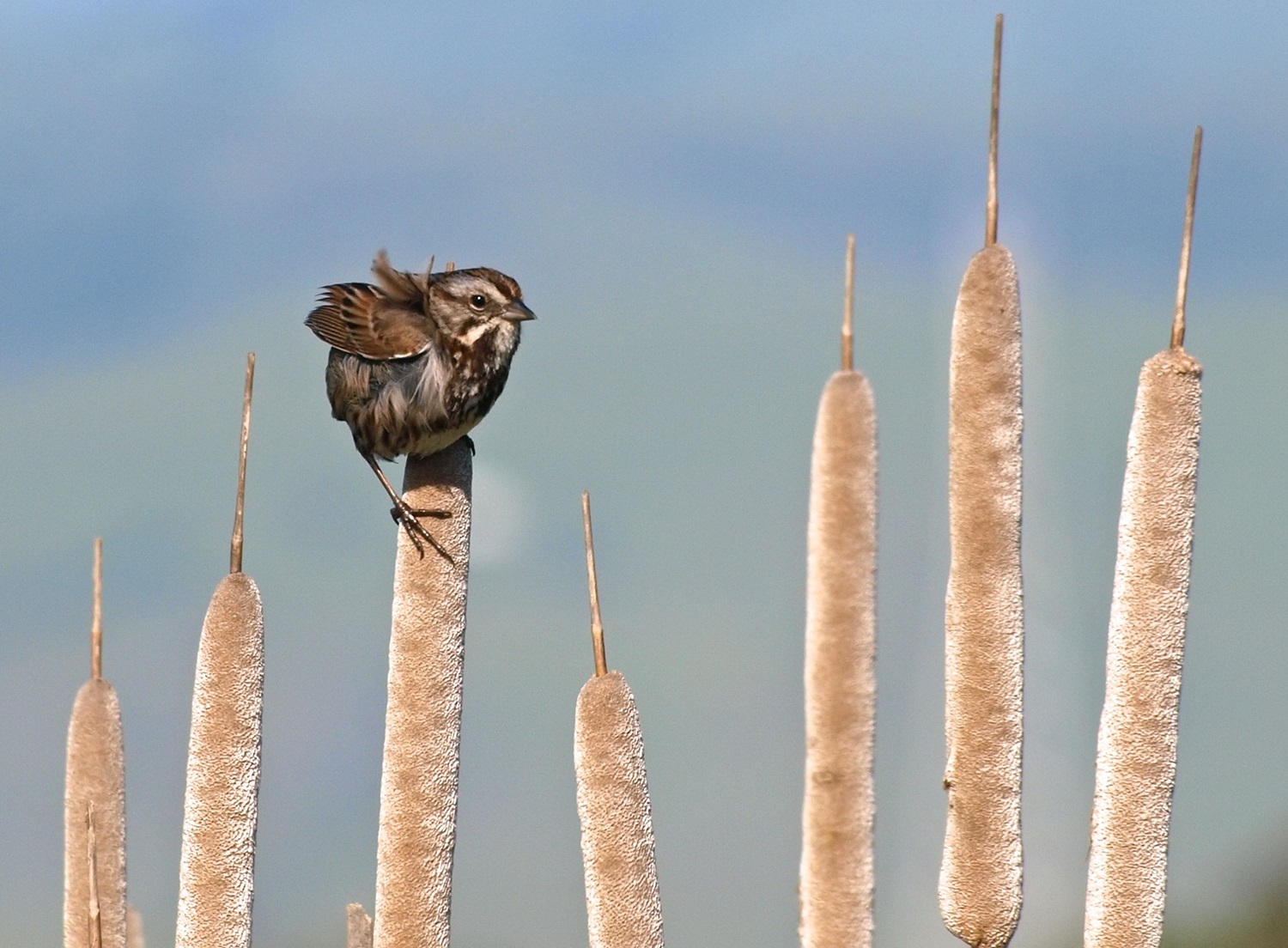
-
Article
Cedar
Cedar, in Canada, refers to evergreen conifers (genus Thuja) of the cypress family (Cupressaceae).
"https://development.thecanadianencyclopedia.ca/images/tce_placeholder.jpg?v=e9dca980c9bdb3aa11e832e7ea94f5d9" // resources/views/front/categories/view.blade.php
https://development.thecanadianencyclopedia.ca/images/tce_placeholder.jpg?v=e9dca980c9bdb3aa11e832e7ea94f5d9
-
Article
Central Experimental Farm
The Central Experimental Farm (CEF) was created in 1886. It is an agricultural research centre located along the historic Rideau Canal in central Ottawa and it covers an open space of 427 hectares. The Farm site was initially established on the outskirts of Ottawa but with city growth, it has become a unique feature of downtown Ottawa. (See also Agriculture in Canada.)
"https://d2ttikhf7xbzbs.cloudfront.net/centralexperimentalfarm/viewcentralexperimentalfarm.jpg" // resources/views/front/categories/view.blade.php
https://d2ttikhf7xbzbs.cloudfront.net/centralexperimentalfarm/viewcentralexperimentalfarm.jpg
-
Article
Chestnut
Chestnut (Castanea), genus of trees of beech family (Fagaceae). Of 10 known species, one, American chestnut (C. dentata), is indigenous to Canada.
"https://development.thecanadianencyclopedia.ca/images/tce_placeholder.jpg?v=e9dca980c9bdb3aa11e832e7ea94f5d9" // resources/views/front/categories/view.blade.php
https://development.thecanadianencyclopedia.ca/images/tce_placeholder.jpg?v=e9dca980c9bdb3aa11e832e7ea94f5d9
-
Article
Clover
The "true" clovers (genus Trifolium) are herbaceous plants of the pea family Leguminosae or Fabaceae (see legume) and must be distinguished from bur clovers (Medicago) and sweet clovers (Melilotus) of the same family.
"https://d2ttikhf7xbzbs.cloudfront.net/media/media/17ee5c4b-53cb-4a9d-8404-21c23f0d528a.jpg" // resources/views/front/categories/view.blade.php
https://d2ttikhf7xbzbs.cloudfront.net/media/media/17ee5c4b-53cb-4a9d-8404-21c23f0d528a.jpg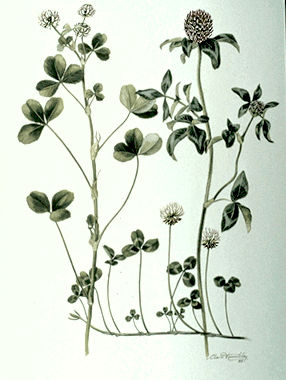
-
Article
Club-moss
Club-moss, perennial, evergreen, coarsely mosslike plants belonging to the genera Diphasiastrum, Huperzia, Lycopodiella and Lycopodium of the club-moss family (Lycopodiaceae).
"https://d2ttikhf7xbzbs.cloudfront.net/media/media/a46115b2-9cad-45a1-b41a-cdd3daecdb7b.jpg" // resources/views/front/categories/view.blade.php
https://d2ttikhf7xbzbs.cloudfront.net/media/media/a46115b2-9cad-45a1-b41a-cdd3daecdb7b.jpg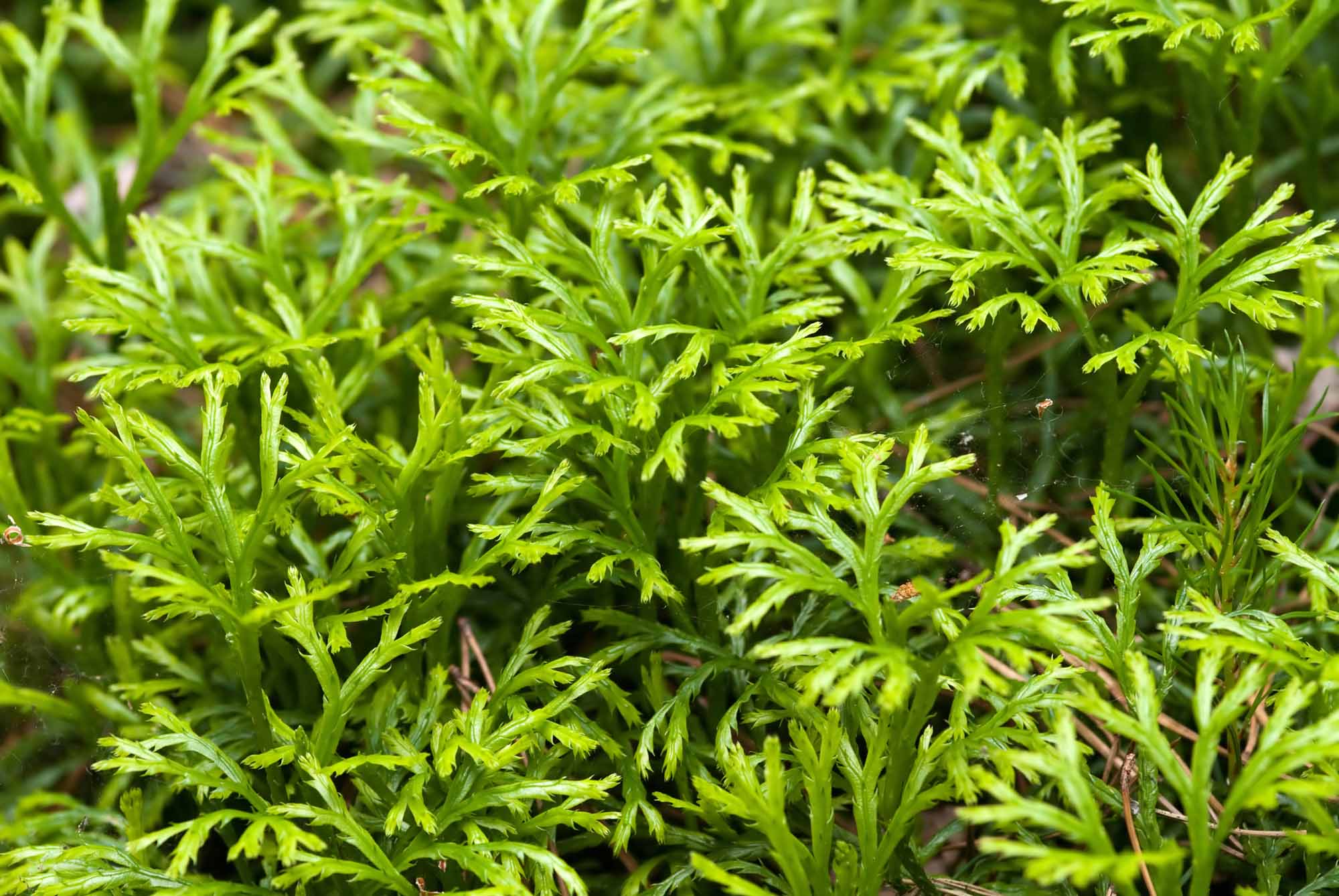
-
Article
Columbine
Columbine, herbaceous plant (genus Aquilegia) of buttercup family (Ranunculaceae). The generic name derives from Latin aquila, "eagle," common name from Latin columba, "dove."
"https://d2ttikhf7xbzbs.cloudfront.net/media/media/d4ad8955-6625-442a-8665-4fa9e5d4905c.jpg" // resources/views/front/categories/view.blade.php
https://d2ttikhf7xbzbs.cloudfront.net/media/media/d4ad8955-6625-442a-8665-4fa9e5d4905c.jpg
-
Article
Coniferous Trees
Sometimes called evergreens, most coniferous trees keep their foliage year-round. There are over 600 living species of conifers, and while there is some debate over how many are native to Canada, the number is approximately 30.
"https://d2ttikhf7xbzbs.cloudfront.net/media/media/78db2232-d8ff-4fa9-8fb0-08a4a51a56ca.jpg" // resources/views/front/categories/view.blade.php
https://d2ttikhf7xbzbs.cloudfront.net/media/media/78db2232-d8ff-4fa9-8fb0-08a4a51a56ca.jpg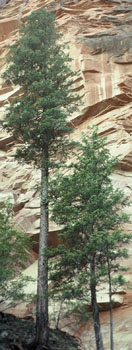
-
Article
Cultivated Flowers
Flowers are cultivated by both commercial growers and hobbyists. In Canada, most commercial production is carried out under glass or plastic, with rare exceptions.
"https://d2ttikhf7xbzbs.cloudfront.net/media/media/3c281bd4-fa74-41c4-a224-a8355e4037b1.jpg" // resources/views/front/categories/view.blade.php
https://d2ttikhf7xbzbs.cloudfront.net/media/media/3c281bd4-fa74-41c4-a224-a8355e4037b1.jpg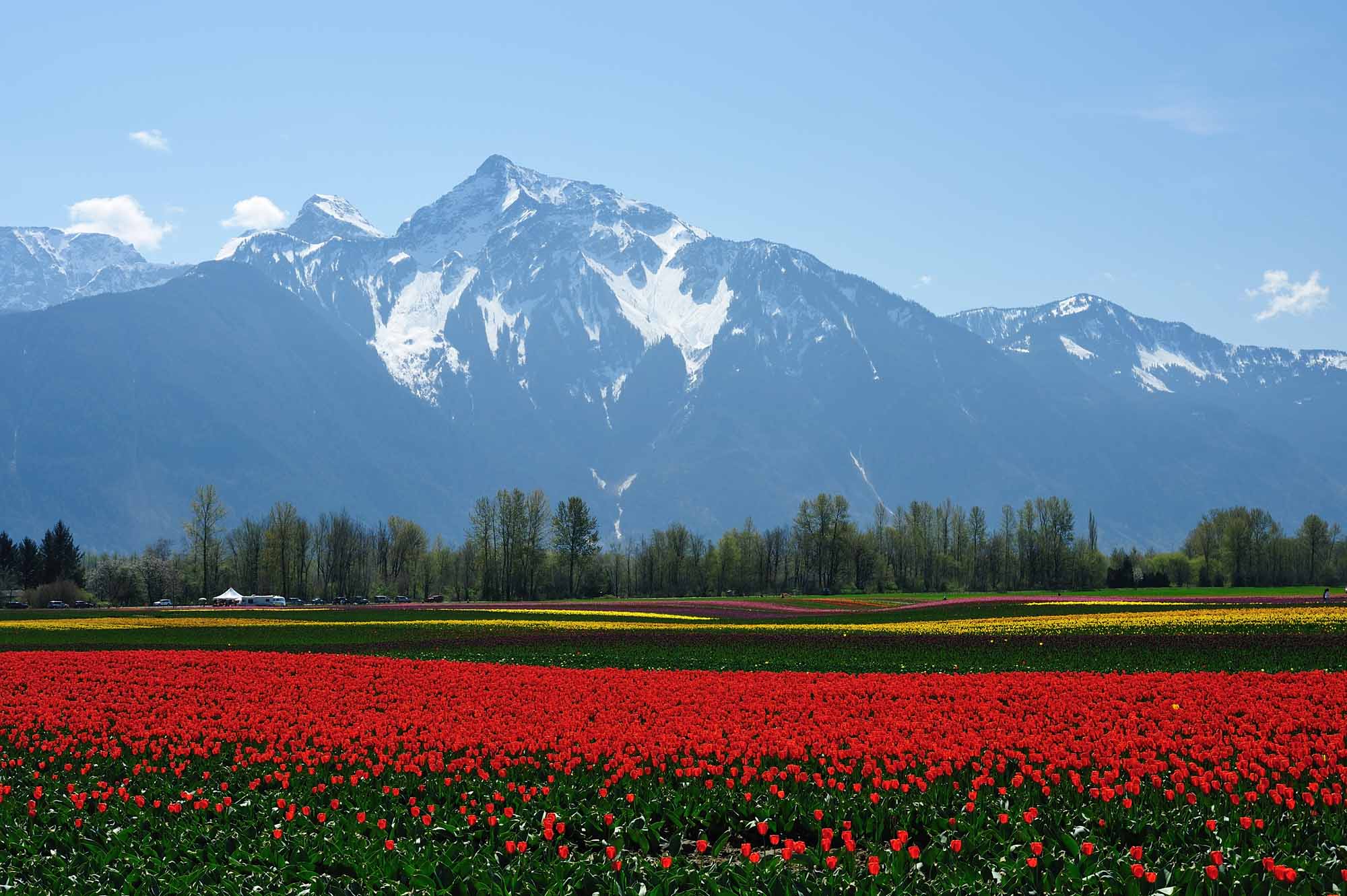
-
Article
Cultivated Rose
Roses have been cultivated from very early times, but little is known of their origin. The hybrid tea rose, the most popular of modern garden roses, was introduced worldwide in 1867.
"https://d2ttikhf7xbzbs.cloudfront.net/media/media/4e632276-494e-472f-b30c-524633c1874d.jpg" // resources/views/front/categories/view.blade.php
https://d2ttikhf7xbzbs.cloudfront.net/media/media/4e632276-494e-472f-b30c-524633c1874d.jpg
